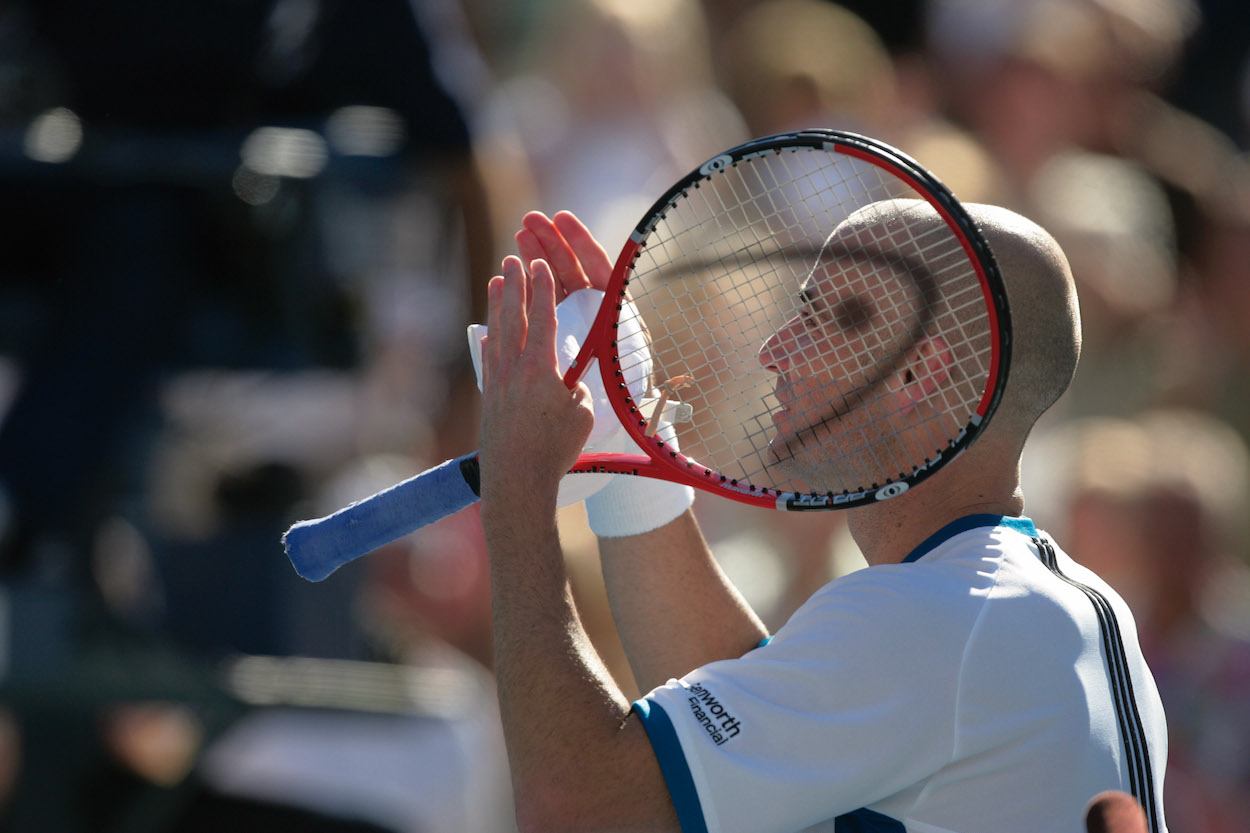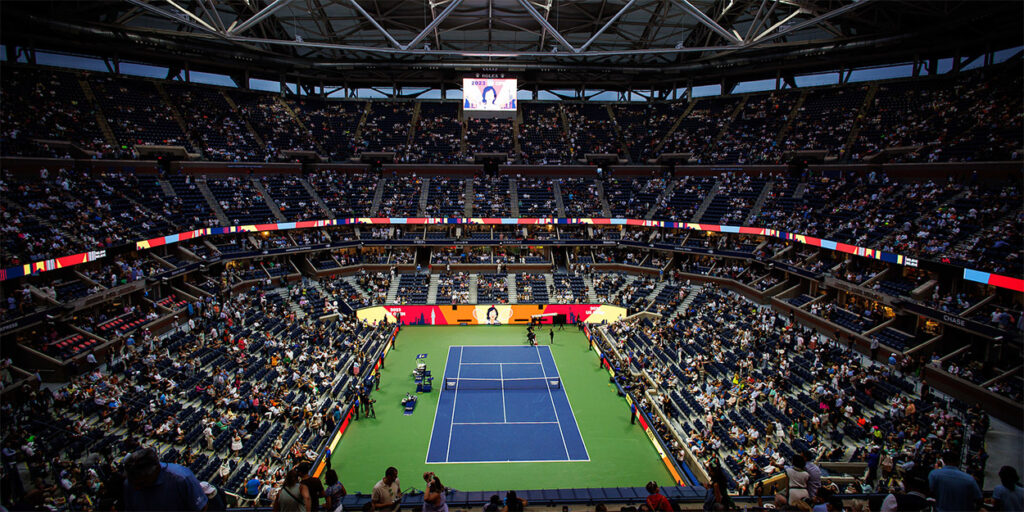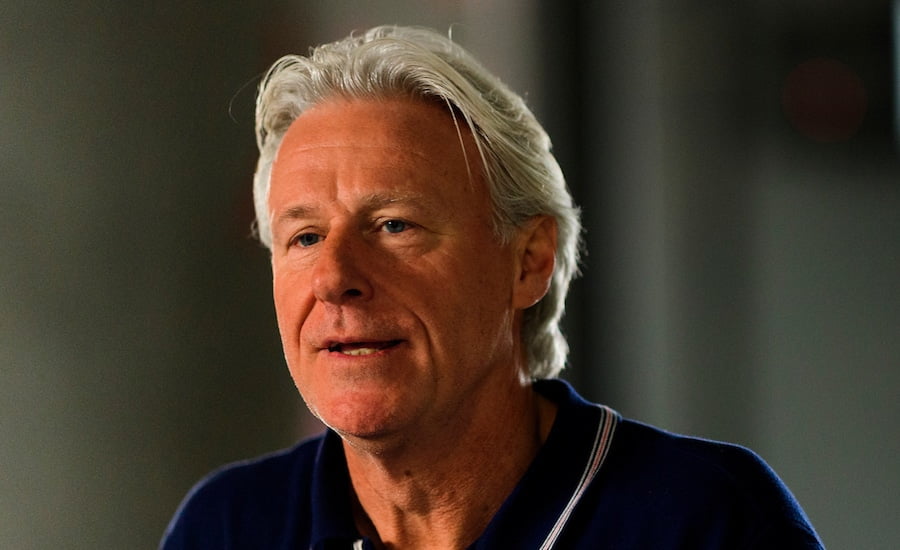
“Agassi had a preference for scary movies” Inside professional tennis’ routines, rituals and even superstitions
Gabe Jaramillo has an intrinsic insight into the world of a professional tennis player havng trained and developed eleven World No. 1, and twenty-seven “top 10” players, and coached players in all four Grand Slams.
Gabe’s written this article exclusively for Tennishead to offer a behind the scenes look at what professional players do during tournaments when they aren’t playing matches…
While many viewers of the recent U.S. Open would primarily focus on the players’ performance and the outcome of the event, there is a group of individuals exploring the routines and rituals of accomplished players before and after matches which could enhance our enjoyment of the sport and provide valuable lessons applicable to athletics and life.
Before the start of a tournament, players take various factors into account, such as the optimal time to arrive and acclimate themselves. Some prefer early arrival to adjust to the court’s speed, food, and surroundings. However, this preference varies among players. For instance, Agassi preferred arriving the day before to avoid unnecessary time away from home.
Accommodation also plays a crucial role, with some players opting to stay in the official hotel where most competitors lodge, while others prefer hotels away from their rivals. Factors like proximity to the event and access to a gym influence their choices. For example, top players at Wimbledon rent houses close to the venue and bring their own chefs.
The day before a match, players visit the venue to familiarize themselves with the court and visualize the seating arrangement of spectators, coaching staff, and family. Hydration is also crucial, as players carry a gallon of water to dinner to ensure they drink enough to be ready for the next day. Equipment revision is meticulous, considering factors like weather, court speed, and rivals. Racquets are strung with varying tensions and given to technicians the previous evening.

On the night before a match, players discuss strategy while consuming food rich in complex carbohydrates and protein. Nerves may affect their appetite, leading them to opt for fast food instead of high-nutrition meals. It is recommended that players sleep for 8 to 9 hours. To calm their nerves and sleep better, players have unique routines, such as Agassi’s preference for scary movie cassettes. However, such routines may also have the opposite effect on the coaches.
On the day of the match, the players’ routine starts with checking the weather report, having breakfast, and arranging transportation to Flushing Meadows, which is quite a distance from Manhattan. To avoid traffic and get in some warm-up time, the players have to leave early. However, the matches don’t start until 11 am, and some matches won’t start before 4:00 pm, which means a long wait for the players and their coaches. During this waiting time, the coaches make sure that the players remain isolated and protected from any comments or distractions. This is because even a seemingly harmless comment like, “You have improved your serve a lot” can affect the player’s mindset and performance. Therefore, the coaches ensure that no positive or negative comments reach the players, allowing them to remain focused on the game.
The warm-up phase is crucial, and athletes, in particular, have their routines to create a sense of stability. Tennis players in particular have the capacity to make the courts a real mess. Beyond their rackets, players bring all kinds of things to practice: four or five cans of new tennis balls, several towels, untold amounts of plastic water bottles, energy bars, turn grips, bandaids, etc. They usually leave everything lying around at the end of their practices or warm-ups. While some might not be as bothered by this so long as they can still play effectively, Agassi would never stand for his court to be less than spotless. He’d spend the first few minutes of every practice making everything immaculate before he even thought about hitting a ball. It became part of his routine. The clean court gave him a feeling of organization and calmness.

During the match, another kind of routine that can give them a sense of calmness are rituals. Little motions or actions that can help create a feeling of stability. They are anchors that force them to slow down and do not allow them to speed up, especially in times of more pressure. Maria Sharapova developed a celebratory ritual early on that she used until she retired. After winning a point, she puts the racquet in her non-dominant hand, smiling or nodding, performing some kind of positive response, closes her right fist, and yells “Come on!”, before turning and walking to the baseline. Her breathing control is next, to help with her relaxation. She takes time to make a tactical plan for the next point at the baseline. Her back is to her opponent. After she’s regrouped, Maria moves back to serve or return, moving her feet to get her heart rate up. She plays at a fast pace, and the entire process between points lasts only fifteen seconds. This type of ritual can be observed in a soccer player before executing a penalty kick or a basketball player before taking a free throw.

When a ritual becomes excessive, it can turn into a superstition, relying on habits unrelated to actual skill for success. Many famous athletes exhibit such behaviors. For instance, Bjorn Borg always wore the same Fila shirt and didn’t shave until after the tournament was over whilst Serena Williams brings her shower sandals to the court as a good luck charm.
Superstition can become negative when it starts to overshadow rational thinking and skill development. When athletes rely too heavily on superstitions instead of relying on their skills and strategic thinking, and when they attribute their success or failure solely to these superstitions. This can create a false sense of control and hinder their ability to adapt to changing circumstances or overcome challenges. Ultimately, superstition becomes negative when it interferes with an athlete’s performance and limits their potential for growth and success.
We are what we do repeatedly, routines have to become habits, these daily preparations have to be executed with intention and purpose, without alternatives. By enforcing these routines, our chances of wining will increase or decrease.” That degree of discipline and respect for the routines, always striving for perfection, stuck with me and are values that I instill in our athletes today.
More about the author, Gabe Jaramillo
Gabe’s the Founder of his own tennis academy in Florida called Rush Premier Sports and is a prolific writer about all aspects of tennis coaching including a book titled ‘How to Make Champions’.
![]() Join >> Receive $700/£600 of tennis gear from the Tennishead CLUB
Join >> Receive $700/£600 of tennis gear from the Tennishead CLUB
![]() Social >> Facebook, Twitter & YouTube
Social >> Facebook, Twitter & YouTube
![]() Read >> World’s best tennis magazine
Read >> World’s best tennis magazine
![]() Shop >> Lowest price tennis gear from our trusted partner
Shop >> Lowest price tennis gear from our trusted partner


